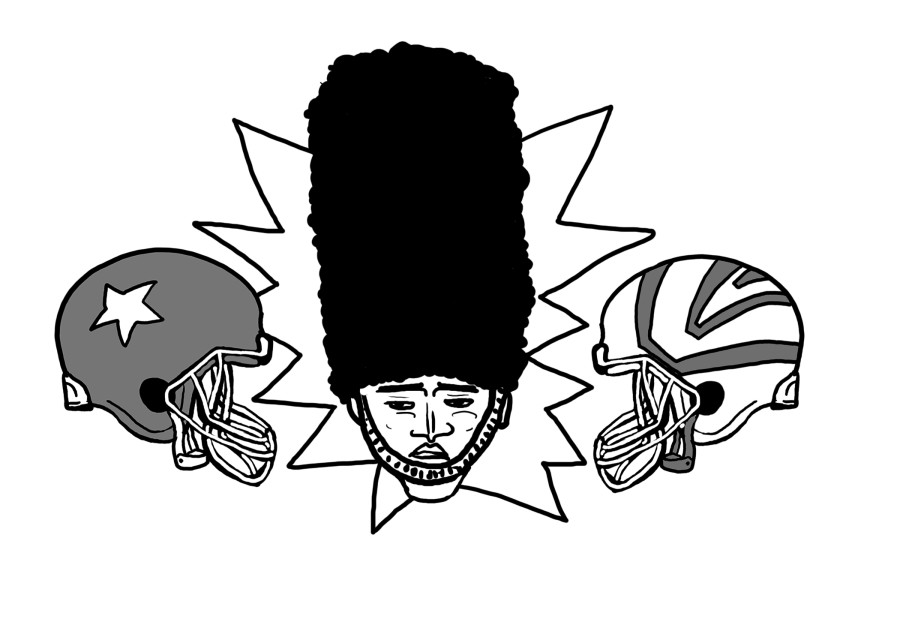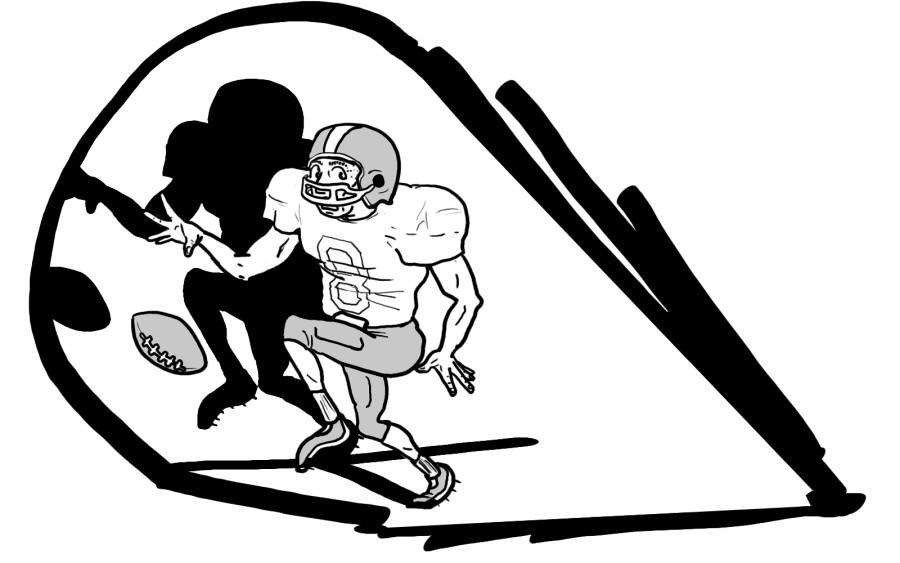
Billy: Science and technology are now more prevalent in sports than ever before. TV networks have introduced innovations, such as the telestrator, to improve fans’ experience as spectators, and athletes often take advantage of tools and available knowledge to compete better. Some technology affects both fans and athletes. In this column, I am more concerned with athletes’ use of technology and would like to consider how much athletes and coaches should emphasize it in their approach to training and competing.
Athletes and coaches have seemingly canonized the use of certain technology into their routine. Teams in many sports analyze game film on a regular basis in order to learn from their own past performance and better understand opponents. During a game, many major league hitters will go into the clubhouse to watch video of their previous at-bat, and quarterback Peyton Manning has developed a reputation for spending hours in the film room. Teams from high school to the pros breakdown film so regularly that some might hesitate to call film sessions an “innovation.”
If athletes aren’t on the practice field or in the film room, they’re likely in the weight room. But strength and conditioning has evolved into much more than just bench presses and bicep curls. Trainers design all sorts of unorthodox exercise regimens that strengthen the specific muscle groups athletes use the most in their respective sport. When they are done working out, many athletes closely monitor their diet and take various supplements to optimize their performance.
There is no ethical debate surrounding the use of innovations such as film and detailed training exercises. Both certainly help athletes to a certain degree, but exactly how much should athletes devote their attention to these training methods? An “old school” coach might urge athletes to simply practice playing their sport. After all, a point guard doesn’t get to pause the game to watch film before running a play, and a linebacker doesn’t often throw a medicine ball around in a game.
A simple answer is that an athlete should train or prepare the way he or she feels most comfortable. But doing so may limit that athlete to a “comfort zone” that prevents him or her from capitalizing on a certain method of preparation. Some baseball players insist watching film does not help them. Are they right, or have they just not learned how to effectively analyze what they are seeing? When it comes to the use of science and technology, are athletes responsible for the way they prepare? How involved should teams and coaches be in determining how athletes train?
Andy: I think the larger issue behind technology and science in sports is where to draw the line. As much as I hated the incessant coverage of the New England Patriots’ controversial video taping of opposing team’s signals grew out of every team’s desire for a competitive edge, either in training or technology. A major defense of the Patriots was that other teams had been using similar techniques without penalty. So what’s the difference between what they did and what everyone is trying to do?
In terms of medical technology, surgical procedures have advanced to the point where players are sometimes healthier than before. Immediately after Tiger Woods’ surgery on his knee, which had bothering him for years, many sports commentators projected that Woods might be even better than he was before since he’d finally be golfing on two completely healthy knees. Nutritional advancement has also extended players’ careers well beyond the age at which they would have retired if they had played a generation or two earlier. Can you imagine how many more good years oft-injured Mickey Mantle might have had with better surgery and nutrition?
I doubt that anybody would argue that surgical or nutritional advancement is cheating, though, or that doctors should stop developing new advancements for the historical preservation of records. But where is the line drawn? Definitively drawing one is hard, but a boundary can begin to take shape when human subjectivity is taken out of the equation. The Patriots cheated because the information they gathered were objective facts that normal human ability could not have gathered. Training ,on the other hand, is still up to how the particular athlete will respond to different methods. While it might appear that some athletes are unfairly better-trained than others, that’s only because their trainer has found something that works for that athlete. Issues sometimes arise when particular athletes can afford training technology that others can’t, but that’s where league standards can regulate spending.
There’s no way to curb the trend towards the incorporation of better technology and sports medicine, nor should anyone try to do so. Athletics should just be sure to keep the humans in sports.





Bear • May 13, 2011 at 12:58 pm
ThatÂ’s not just logic. ThatÂ’s really senilbse.